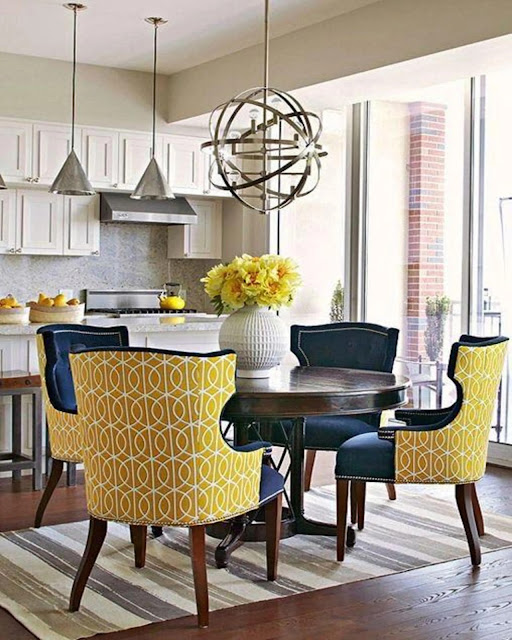Maximizing Collaboration: Interior Design Services for Architects and Interior Designers
In the world of building design, the synergy between architects and interior designers is pivotal to creating spaces that are both functional and aesthetically pleasing. This collaboration ensures that a structure’s external form harmonizes seamlessly with its internal environment, enhancing the overall experience for its users. In this blog, we explore the importance of interior design services for architects and interior designers, and how their collaboration can lead to extraordinary outcomes.
The Intersection of Architecture and Interior Design
Architects and interior designers bring unique skills and perspectives to a project. Architects focus on the structural integrity, spatial arrangement, and external aesthetics of a building, while interior designers emphasize the functionality, comfort, and aesthetics of the interior spaces. Together, they create holistic environments that meet the needs and desires of their clients.
Key Benefits of Collaborative Interior Design Services
- Enhanced Creativity and Innovation: When architects and interior designers work together, their combined expertise fosters innovative solutions. Architects can provide structural and spatial insights that interior designers might not consider, while interior designers bring a keen eye for detail and an understanding of how space can impact its inhabitants.
- Cohesive Design Aesthetic: A cohesive design ensures that the interior and exterior of a building complement each other. This harmony creates a seamless flow from the outside in, enhancing the overall aesthetic appeal and functionality of the space.
- Improved Functionality and Space Utilization: Interior designers excel in optimizing the functionality of spaces. Their input ensures that every area is used efficiently and effectively, aligning with the architect’s vision while meeting the practical needs of the occupants.
- Streamlined Project Management: Collaboration between architects and interior designers can streamline project management. Clear communication and shared goals reduce misunderstandings and ensure that the project stays on track, on time, and within budget.
- Client Satisfaction: Clients benefit from the combined expertise of architects and interior designers, leading to higher satisfaction with the final outcome. Their collaborative efforts result in spaces that are not only beautiful but also tailored to the client’s needs and lifestyle.
Key Services Provided by Interior Designers for Architects
- Space Planning and Layout: Interior designers analyze the space to create layouts that maximize functionality and flow. They ensure that the placement of furniture, fixtures, and equipment enhances the usability of the space.
- Material and Finish Selection: Interior designers help select materials, finishes, and color schemes that align with the architectural design while meeting the client’s aesthetic preferences and practical needs.
- Lighting Design: Effective lighting enhances the mood and functionality of a space. Interior designers create lighting plans that complement the architectural features and ensure adequate illumination for various activities.
- Custom Furniture and Millwork Design: Interior designers often create custom furniture and millwork that fit perfectly within the architectural framework, adding unique and personalized elements to the space.
- 3D Visualization and Renderings: Interior designers provide 3D visualizations and renderings that help architects and clients visualize the final outcome. These tools are invaluable for making design decisions and adjustments before construction begins.
Successful Collaboration: Tips for Architects and Interior Designers
- Establish Clear Communication Channels: Open and frequent communication is essential. Regular meetings and updates ensure that both parties are aligned and any issues are addressed promptly.
- Define Roles and Responsibilities: Clearly define the roles and responsibilities of each party at the beginning of the project. This clarity helps avoid overlap and ensures that each team member focuses on their area of expertise.
- Embrace Flexibility and Adaptability: Be open to each other’s ideas and suggestions. Flexibility and a willingness to adapt can lead to innovative solutions and better outcomes.
- Focus on the Client’s Vision: Keep the client’s vision and needs at the forefront of the project. Both architects and interior designers should work collaboratively to exceed the client’s expectations.
- Leverage Technology: Utilize technology such as BIM (Building Information Modeling) and collaborative software to enhance coordination and streamline the design process.
Conclusion
The collaboration between architects and interior designers is essential for creating spaces that are both beautiful and functional. By combining their expertise, they can achieve extraordinary results that meet the needs and desires of their clients. Interior design services provide invaluable support to architects, enhancing creativity, functionality, and client satisfaction. Embracing this collaborative approach can transform ordinary projects into exceptional environments that stand the test of time.
For more — https://angiehomes.co/pages/architects-and-interior-designers

Comments
Post a Comment